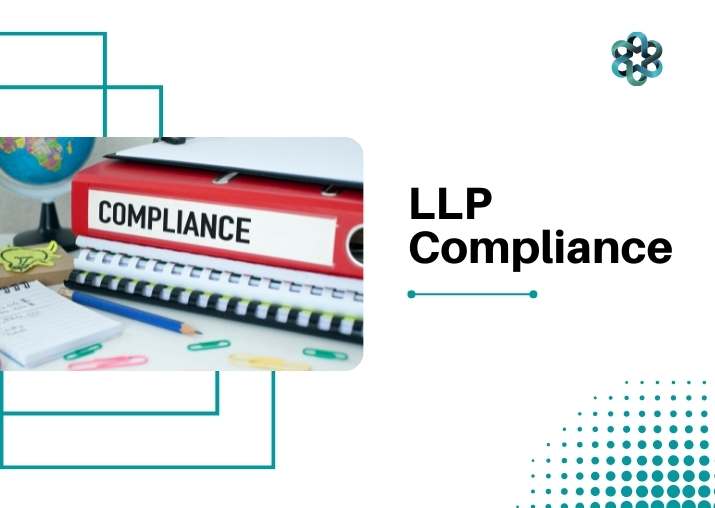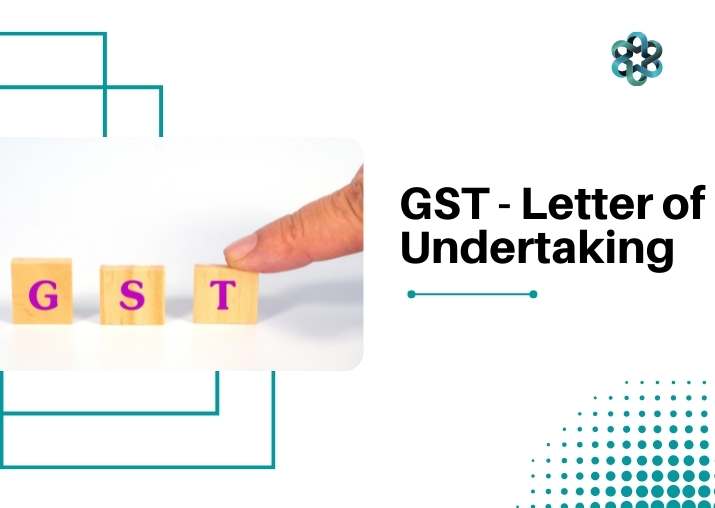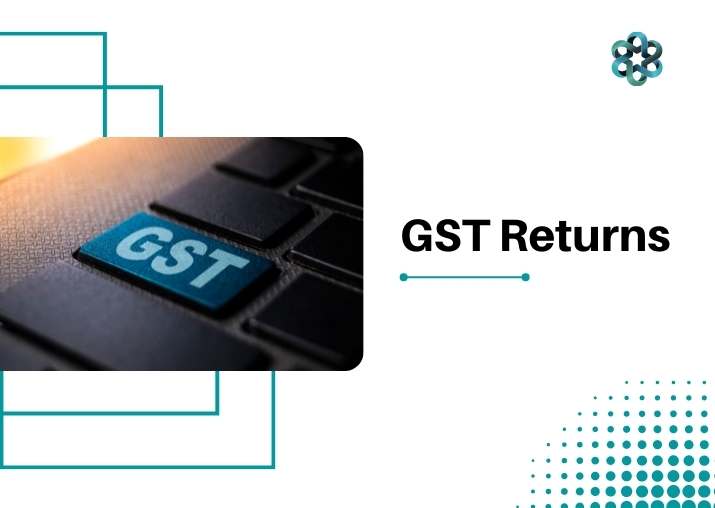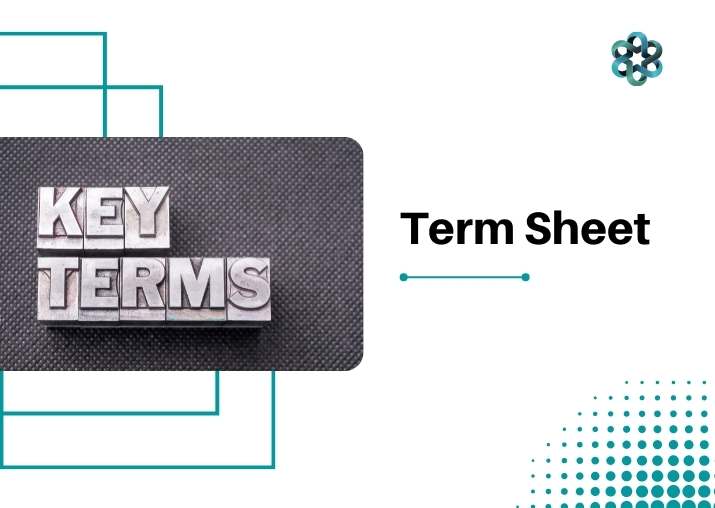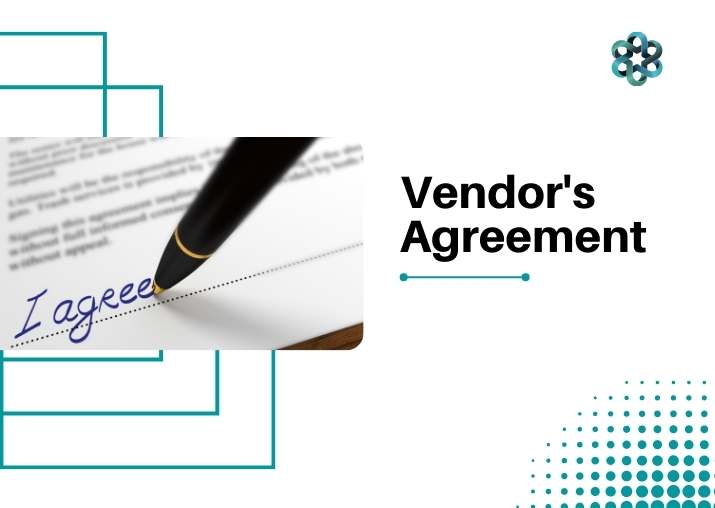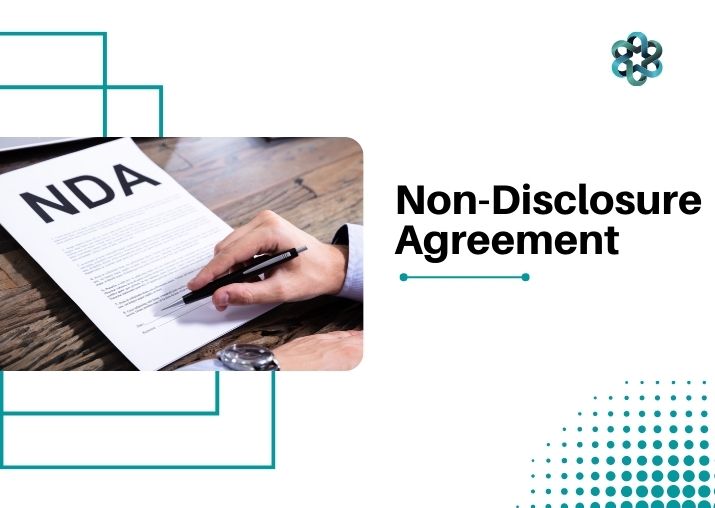Compliance for Limited Liability Partnership
LLP Compliance
LLP known as Limited Liability Partnership is registered under the LLP Act. 2008 prescribed by the Ministry of Corporate Affairs. Any entity registered under ROC has to comply with the rules and regulations laid by such a department which is mandatory in nature. Non-compliance may lead to various types of punishment depending on the severity of the case.
India’s Top Business Consultants
LLP – An Overview
A Limited Liability Partnership, or LLP, is a type of legal entity that combines the strengths of a corporation and a partnership company. In this kind of partnership, the partners have limited liabilities, which means they are not obligated to use their personal assets to settle the business’s obligations and are also not held individually liable for the wrongdoing or negligence of the other partners.
An LLP must be registered according to the 2008 Limited Liability Partnership Act.
Post Incorporation Compliance
- According to Sections 2(O) & (q), 22 and 23 of the LLP Act, 2008, the LLP must sign and file the LLP Agreement with the Ministry of Corporate Affairs within 30 days of its establishment in the prescribed E-form 3. The rights and obligations of the partners and the LLP are frequently mentioned in the Agreement.
According to the LLP Act, reciprocal rights and obligations must follow Schedule I to the Act if no agreement is filed. Therefore, an LLP must negotiate and submit an LLP Agreement specifically excluding the applicability of any or all sections of Schedule I if it chooses to exclude the terms or obligations of Schedule I to the Act.
Penalty: Failure to file the Agreement within the stipulated period is liable to be fined at the rate of Rs. 100 per day of default with no upper limit to it. - Other than the above, the LLP is required to apply for the LLP PAN and TAN
- Open LLP Bank Account
- Purchase the LLP seal and have LLP stationery prepared post incorporation.
Annual Compliance
A. Statement of Account and Solvency Filing:
- Fill out the form in the manner specified by the LLP in Form 8
- All LLPs are required to keep their books of accounts in the double entry technique. Form 8 includes information about the LLP’s account of assets and liabilities, a statement of revenue and expenditure, and a declaration by its authorized partners regarding the LLP’s financial state.
- Form 8 must be completed by the partners and certified by a chartered accountant, company secretary, or cost accountant in good standing.
- This must be submitted no later than 30 days after the conclusion of the six-month period after the end of the fiscal year, or by October 30th of each year.
- An active chartered accountant must audit the books of any LLP with a turnover of more than Rs. 40 lakh or a contribution of more than Rs. 25 lakh.
B. Filing of Annual Returns
- The Registrar of Companies must receive the return.
- Utilize the LLP Form 11’s predetermined structure to complete.
- This must be filed no later than 60 days after the end of the fiscal year, or by May 30th of each year.
C. Submitting a tax return
- Form ITR 5 is required for LLPs to use when filing their income tax return; it can be downloaded or submitted online using the designated partners’ digital signatures.
- According to the Income Tax Act, all LLPs must end their fiscal year by March 31 and submit the corresponding returns to the IT Department.
- LLPs must have their books audited and file their returns by the latest deadline of September 30 each year if their annual revenue exceeds Rs. 40 lakh.
- LLPs that do not need their accounts audited must file their returns annually no later than July 31st.
- LLPs that have engaged in specified domestic transactions or overseas transactions must file Form 3CEB.
- The form must be completed and signed by a competent chartered accountant by the 30th of November each year.
- If LLP’s sales, turnover or gross receipts (as the case may be) in business for the year exceeds Rs. 1 crore is required to get its books of accounts tax audited under section 44AB of the Income-tax Act.
*Note: The threshold limit, for a person carrying on business, is increased from Rs. 1 Crore to Rs. 10 crores in case when cash receipt and payment made during the year do not exceed 5% of total receipt or payment, as the case may be. In other words, more than 95% of business transactions should be done through banking channels.
D. MCA and ROC Compliance
- According to the terms of the LLP agreement, Compliance Partners are required to invest equally.The Limited Liability Partnership Act of 2008 has such clauses. Contributions must be made equally by each Partner.
- LLPs must also maintain their books of accounts in accordance with the MCA and ROC regulations.
- Adherence to the 2008 Limited Liability Partnership Act’s provisions
Compliance Benefits
Reputation: The LLP and partners will improve their public image by adhering to the rules set forth by the Ministry of Corporate Affairs and the Registrar of Companies. An LLP might raise its compliance requirements through this method. If an LLP conforms with the law, more investors would be prepared to invest in it.
No Obligations: The LLP would be exempt from all compliance obligations if all compliances were filed within a specific time frame. This will allow an LLP to achieve its goals.
Less Burdens: The LLPs would experience less burden when it comes to compliance requirements if they complied with the authorities regulations. Compliances must be followed up on and filed by the LLP, failing to do so may harm its growth. Therefore, it is essential that the LLP’s partners adhere to all compliance-related obligations.
Foreign Direct Investment (FDI) in LLPs: The Indian government recently released guidelines. A foreign firm may invest directly or indirectly in the shares or capital structure of an Indian entity through a process known as foreign direct investment. Foreign investors are more likely to invest in LLPs if they adhere to the regulations set forth by the authorities. Both the automatic method and the approved route are available for FDI investment in LLPs. The LLP can enhance its capital through such an investment.
Therefore, it is appropriate for LLPs to take into account all of the annual compliance requirements.
Penalty Provisions
MCA Filings: According to the Limited Liability Partnership Act, every registered LLP must file Forms 8 and 11 in 2008 as a condition of registration.
A penalty is imposed for failure to comply with the LLP annual compliance. For each day the form is not filed, there is a ₹100 fine. There is no cap on the amount of the punishment.
For income tax filings: There are two levels of penalties for failing to submit tax returns on time. Those who miss the deadline but file their returns before December 31st of each year must pay Rs. 5000 in default penalties.
If LLPs miss the extended deadline, they must pay Rs. 10,000.
FAQ’s
How are we different?
Clients Review
All our customers have ratedus 5* on Google

TAT
Our clients always get their work done on time
Affordable
we choose to be fair priced with professional service delivery
Compliance
We never miss any due date
200+ Services
We execute all the tasks online saving your effort and time
Apply online
Consult with Expert
Make payment
Get your work done
Apply online
Consult with Expert
Make payment
Get your work done
Client Testimonials

“They registered my private limited company with superfast speed. Most reliable professional I have ever came across. Highly recommended”

“Professionally sound, competent and always helpful. I am using their services and hopefully will continue as good as my business expands. What I liked most apart from all above is the promptness in delivering the services. Believe me it is a very difficult task for a start-up business to keep their accounting, marketing and govt obligations fulfilled in times. All are cared by Verslas. Keep it up.”

“Verslas Guru are real guru in their profession. Precision, legitimacy, promptness, inclusiveness, and above all value for money are some of the many qualities, I have experienced and am experiencing since Sep 2019. Although, they are equipped to and have been serving many big industrial houses, for SME / MSMEs, they are one stop solution. Thank you Team Verslas Guru for your excellent services you have been and continuing to provide since Sep 2019 to the companies I am associated with”

They designed a logo for me. They did it so wonderfully. They are very professional and helping. Thank You!

We’re Waiting To Help You
Get in touch with us today and transform your business.

